Monster Hunter Wilds is going big. After months of trailers, teases, and hands-off looks at it, the upcoming title had its big blowout, complete with a playable Gamescom demo and a round of previews I was invited to. After about 90 minutes with some of the game’s opening hunts, I’m pretty confident Monster Hunter Wilds is going to set the world on fire.
The Boys Star Karen Fukuhara On Kimiko’s Character Arc, Karate, And More
Wilds, which follows in the footsteps of 2018’s Monster Hunter World, is a return to the lively and reactive ecosystem of its predecessor. At the time, World—which went on to become Capcom’s highest-selling game—received acclaim for its creation of densely layered environments with their own endemic life. As the hunter traipsed through maze-like jungles or arid deserts, they’d bump into creatures that fit those biomes, which made up the hierarchy of monster in a given region. Everything from the lowliest critter at the bottom of the food chain to the apex predator at the top was accounted for, and getting to see these monsters interact and even fight each other was (and still is) a thrill.
Monster Hunter Wilds doubles down on many of these features, especially the focus on living ecosystems, and expands on or refines just about everything else about the experience to make it the most razor sharp installment in the series yet. It refreshes the slinger—the hunter’s slingshot—into a much more dynamic tool in their repertoire, and even provides a mount (a feature introduced in Monster Hunter Rise) to ensure the game teems with life from the very get go.
Monster Hunter Wilds hands-on
After a few cutscenes established Wilds ’primary characters , I was almost immediately launched directly into the action-packed opening which had me leaping onto a Seikret mount and pursuing a kid being hunted by a pack of sandworms through the desert. The heavily on-rails section does a pretty good job of introducing and highlighting many of the basic movements players will become used to, such as farming slinger ammo from small enemies, using its new grappleshot function to tear apart pieces of the environment, and using the mount to navigate tough terrain. That it manages to communicate these mechanics while keeping things exciting is key to Monster Hunter Wilds. The Monster Hunter series is famous for its complexity and the sooner it can demystify that notion and get you straight into its top-notch combat, the better.
Speaking of which, after you manage to save the kid, you are sent on the game’s first proper hunt against the Chatacabara, a large amphibian monster that covers its weak points with protective rock armor. At this point, I grabbed my insect glaive (my chosen weapon of the past few Monster Hunter games) and immediately fell back into my old rhythm. For fans of the series who have played several games, don’t expect Wilds to be an immense departure from business as usual. If it ain’t broke, don’t fix it, y’know? Capcom reworked some of the weapons—and it breaks my heart that you can no longer bounce off of the end of an aerial glaive attack—but some time with it, the switch axe, and the light bowgun proves that the developers aren’t doing away with the solid foundation that’s been built over the series’ history.
Instead, Wilds is trying to streamline the often laborious process of hunting a monster to ensure that everyone who picks up the game can feel like they’re getting the best experience. You still need to track monsters down via scoutflies that emit a glowing trail, and fights are functionally the same as they always have been, with parties of up to four players picking away at massive creatures with the series’ 14 main weapons, and a slew of other tools and traps. There are some new things in Wilds though that should make players feel way more impactful, like the new Focus feature.
Focus allows the player to aim their attacks by holding down the left trigger and summoning a reticle, which is a significant change for folks who use melee weapons. By focusing, attacks can now be delivered with more precision than ever, which lends itself well to picking at weak spots and opening up wounds on monsters, which will glow red when in Focus mode. While focusing does little to change your moveset, it does provide a Focus Strike which is tied to the right bumper, and every weapon has its own. These high-powered moves are essential to targeting wounds to maximize damage, which can speed up hunts, break off parts of the monster that can be turned into gear, and even stagger them.
Monster Hunter players have gotten by this far without such a tool, but I think it’s a game-changer. For beginners, it will be handy to be able to attack with more precision than is usually the case. I spent my first several hours of Monster Hunter World fumbling my attacks before I learned to read enemy patterns and pick my moments. For players at every level, Focus now tells you exactly where you should be targeting by highlighting wounds and it does so subtly. Any feature that communicates vital information without bludgeoning the player with a billion tooltips (or worse, a garish new bit of UI or overlay) is a win in my book, and I see no reason why everyone shouldn’t be using Focus by default in Wilds.
The thrill of the hunt
The hunt itself went smoothly. The Chatacabra’s a great first monster, because it’s just menacing enough to where if you don’t take it too seriously it could sneak up on you, but it’s also incredibly slow. That means that it telegraphs its moves significantly ahead of time, giving even the most nerve-wracked hunters enough time to dodge out of the way. The Seikret mount picks you up and immediately hauls ass when summoned, which is incredibly handy for getting out of a tough pickle like that, and their ability to hold a second weapon—which needs to be unlocked down the road— will massively streamline advanced hunts.
Soon after finishing that first hunt, we were dropped into a later point that did have more features unlocked, such as a mount with a second weapon, and allowed to hunt the Doshaguma, which has featured prominently in most of the game’s pre-release material. In an interesting change, the Doshaguma is actually a herd monster, and is surrounded by a pack of smaller versions of itself that are just as scrappy as the alpha. In what would turn out to be my favorite part of the preview, we had to actually fire large dung pods (yes, shit) from our slinger which exploded upon impact and sent the lesser Doshagumas scattering, isolating the leader. It’s a small but incredible touch that makes it feel like Wilds ecosystems really are as dense as they are billed and that every bit of it, including animal droppings, does in fact feed back into these intertwining environments.
With the Doshaguma backed into a corner, a tooltip suggested I fire an SOS flare, a mechanic that calls for players to join you in a multiplayer hunt, and gang up on the poor thing. Since my session was offline, I was instead immediately greeted by a full party of AI companions that admirably held their own and made fantastic use of their weapons and traps to aid me. Part-way through this really one-sided fight, the sky darkened, lightning began to come down, and the Doshaguma absconded into the darkness in a weakened state, where it probably hoped to escape any more hardship. Instead, it fled into the desert where it was greeted by a Rey Dau, a wyvern that spews lightning and did the job of weakening the Doshaguma with aplomb for me. After narrowly surviving the run-in with the apex predator of the region, the Doshaguma finally fell to a few more blows once I followed it back into a small cave.
All the while, Wilds was also the most seamless time I’ve had in one of these titles. A new dynamic healing option in the radial menu made it so that I didn’t have to dig through my item pouch for the right potion while the Doshaguma treated me like a chew toy. After wrapping up my second hunt, which more or less ended the planned bit of the preview, all the materials I picked up were sent to my storage and I was set loose on the Windward Plains, rather than being sent back to the village. I tracked down a second Chatacabra, changed to the light bowgun from my mount, and took it on just to see how quickly I could acclimate to a weapon I don’t typically use. The transition was buttery smooth, and I triumphed over the monster in no time. I did so well I actually had time to even track down the sandworm monster that plagued the kid in the game’s opening, known as a Balahara, and though I didn’t get to finish the fight, it was funny to watch it run into another Rey Dau. That thing just can’t stop inserting itself into beef!
I’m already dying to get back to those windswept dunes and see what further monster interactions I can find and exploit. I can’t wait to get more time with Focus mode on all the weapons and learn what the best loadouts are based on the monster I’m hunting.I’m excited at the prospect of apparently seamless multiplayer (and in the absence of that, competent AI companions) in Monster Hunter Wilds, especially since revisiting World recently reminded me of what a pain in the ass it could be. I’ve rarely left a preview so effusive, but Monster Hunter Wilds genuinely impressed me at just about every turn. Sure, it had some technical hitches, but given its ambitions, I don’t see how an in-progress build of the game wouldn’t have some small issues. On just about every other level though, Wilds is more than just solid, it’s immense. It cannot get here soon enough.








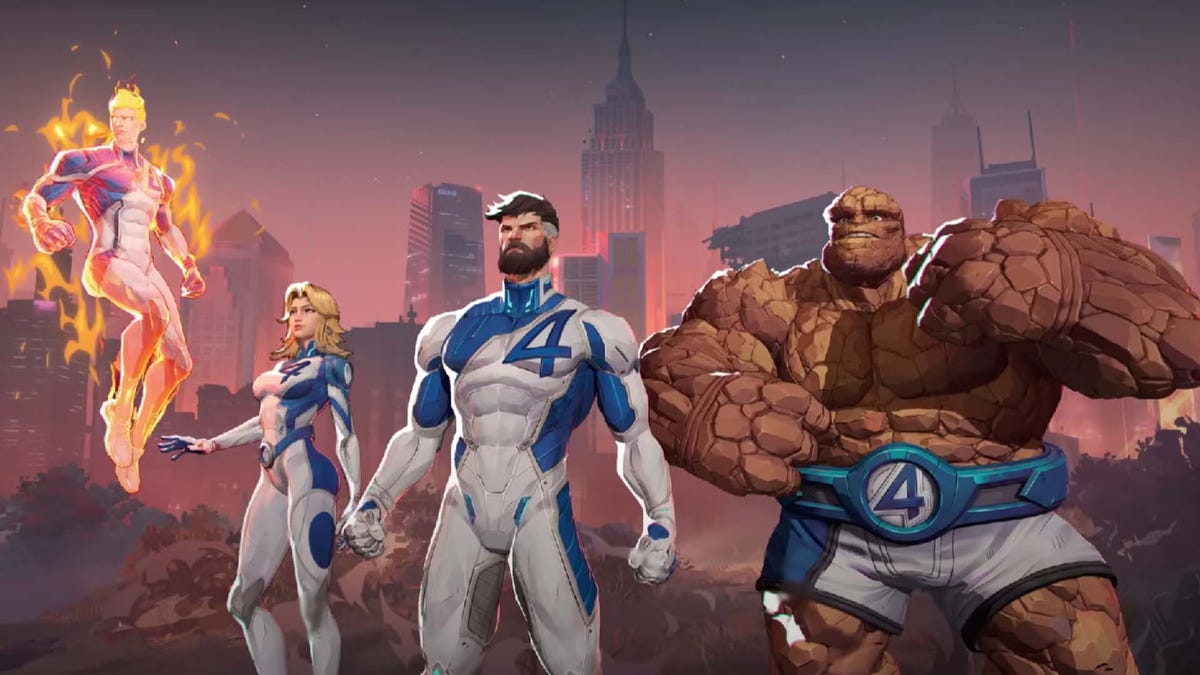


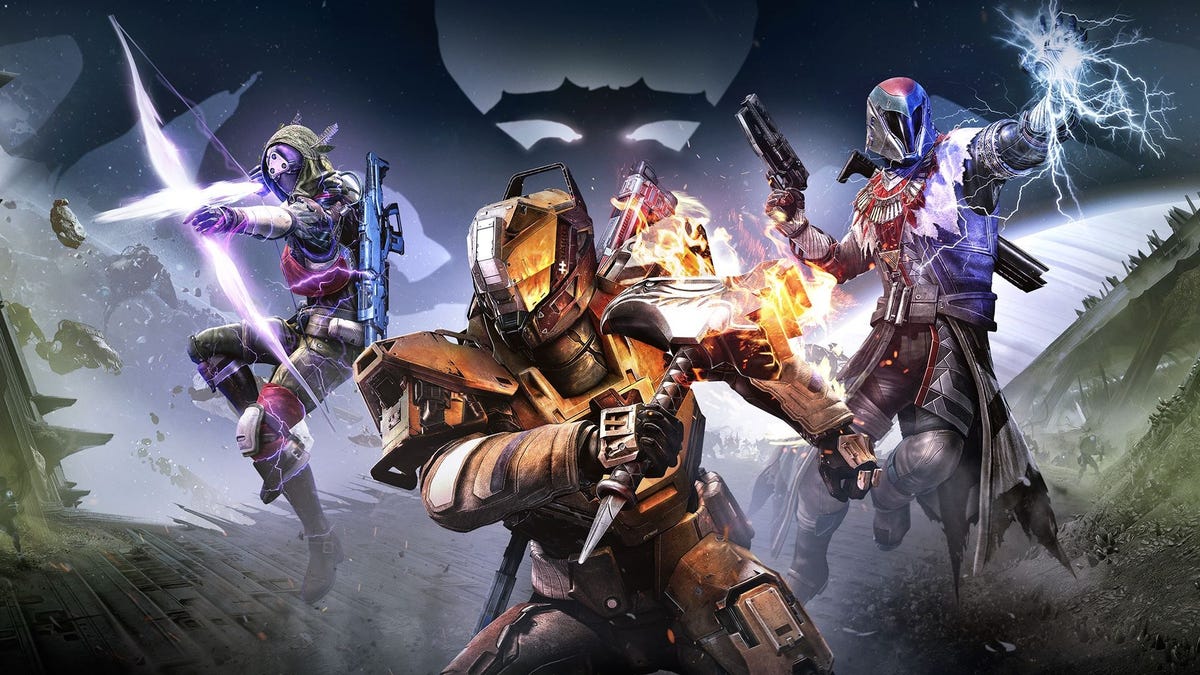
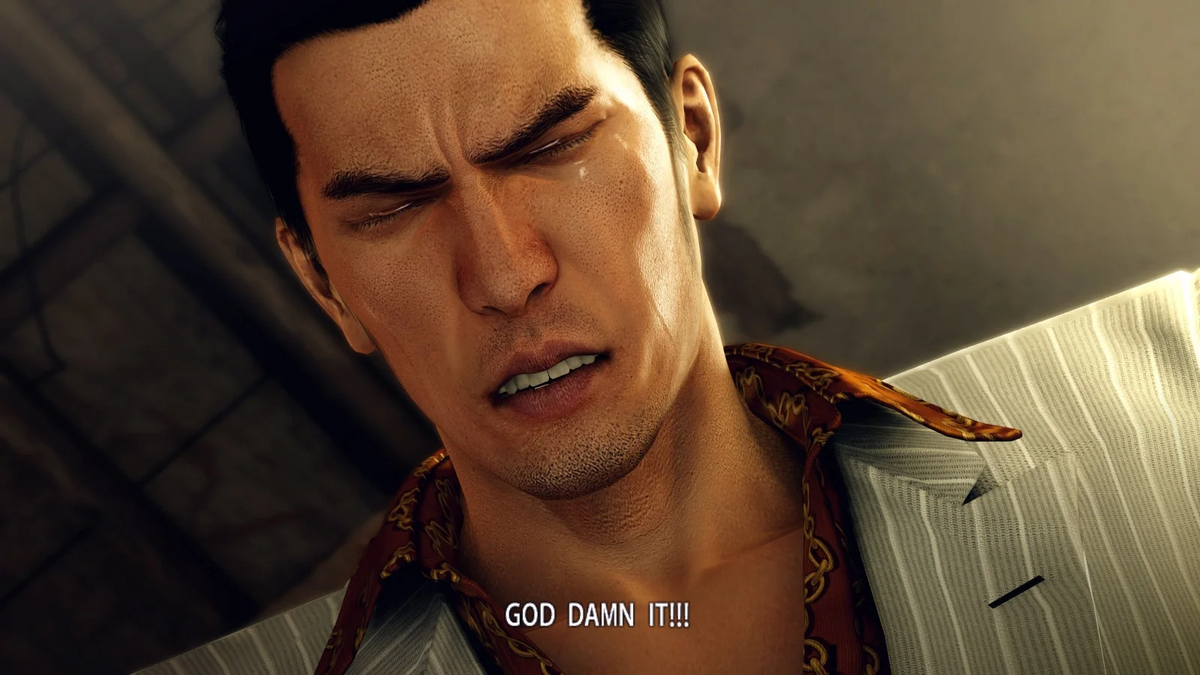
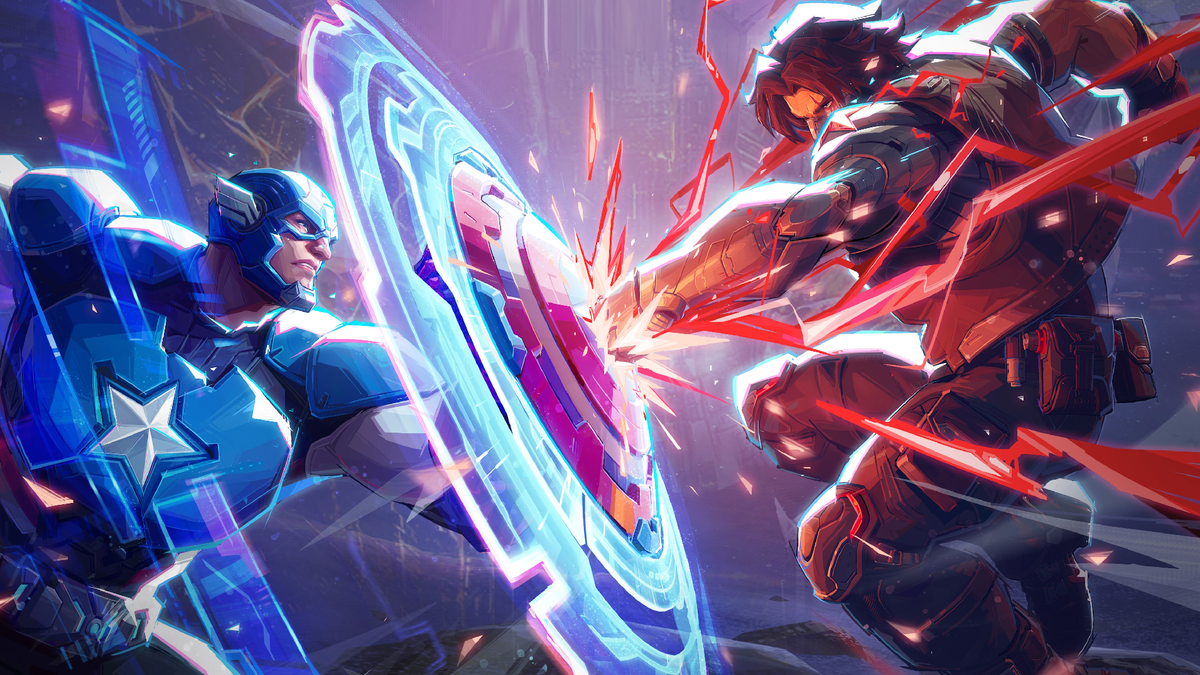


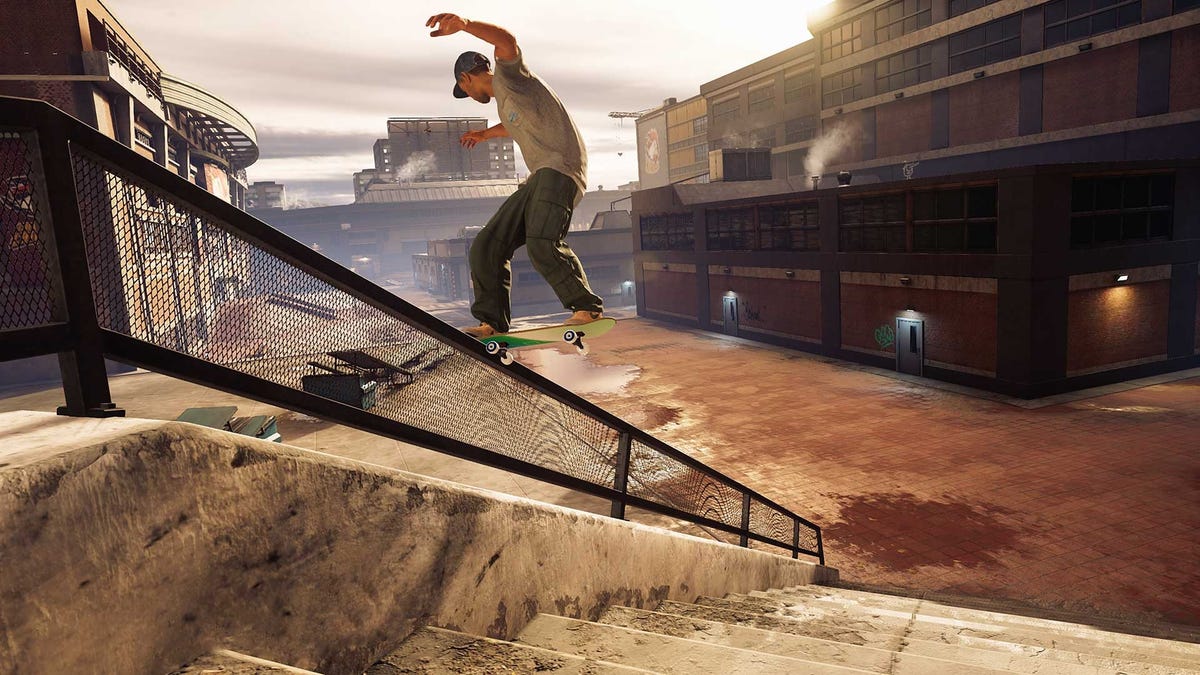



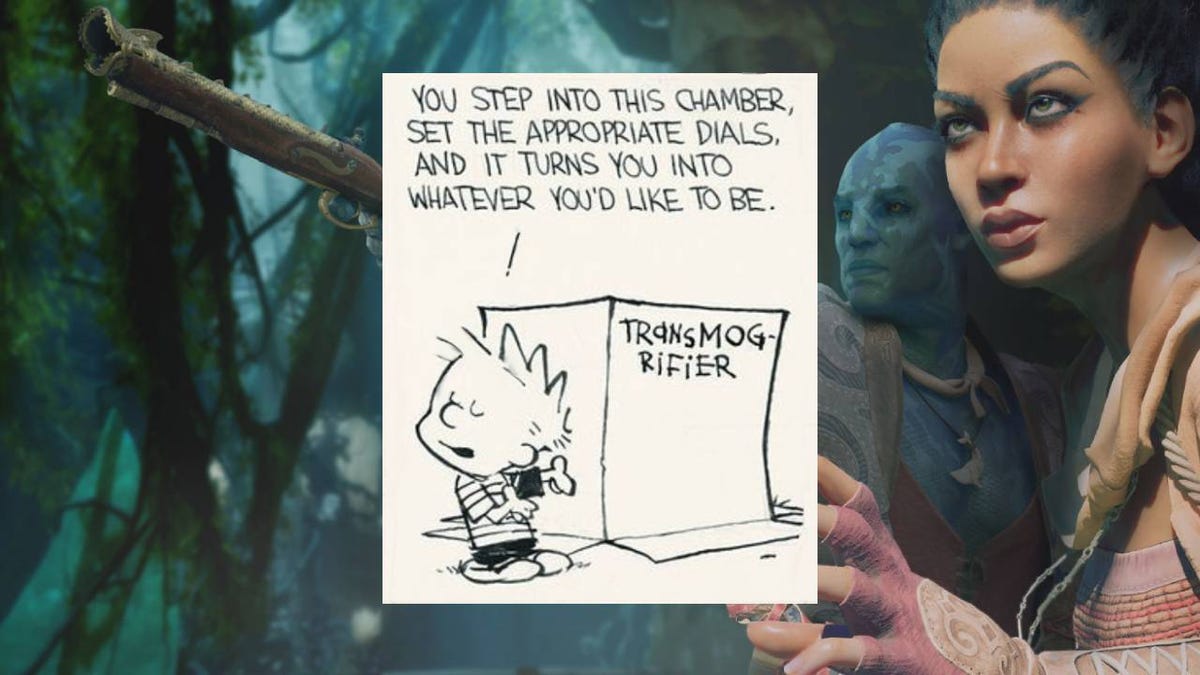


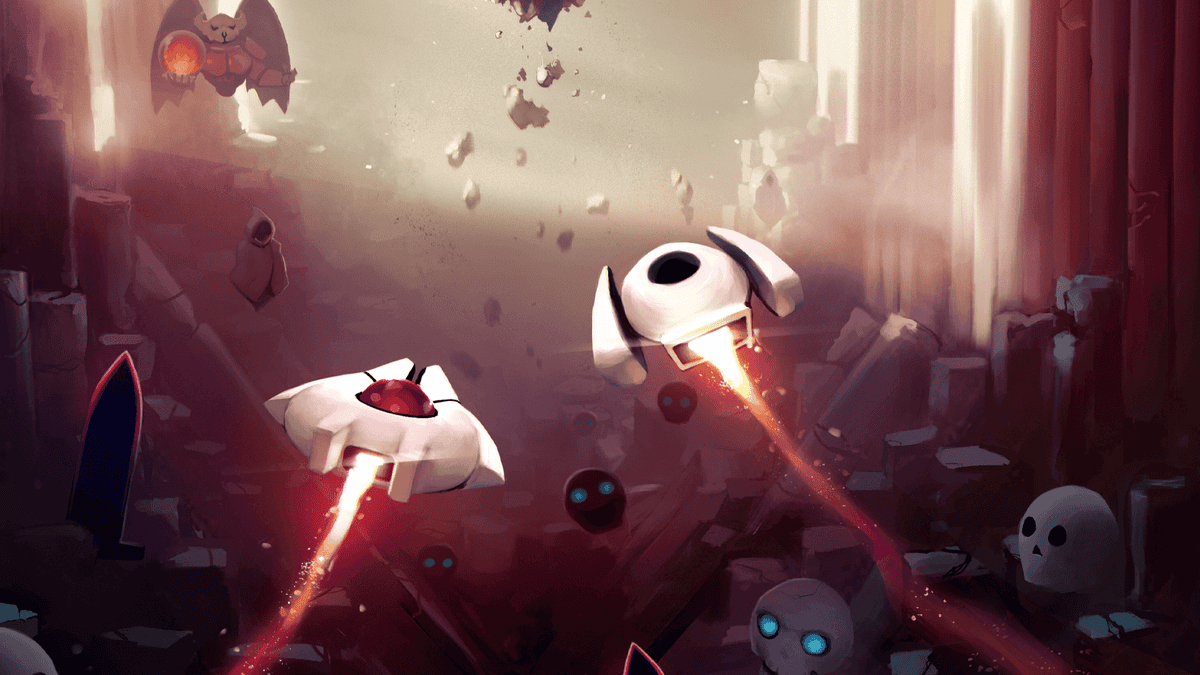

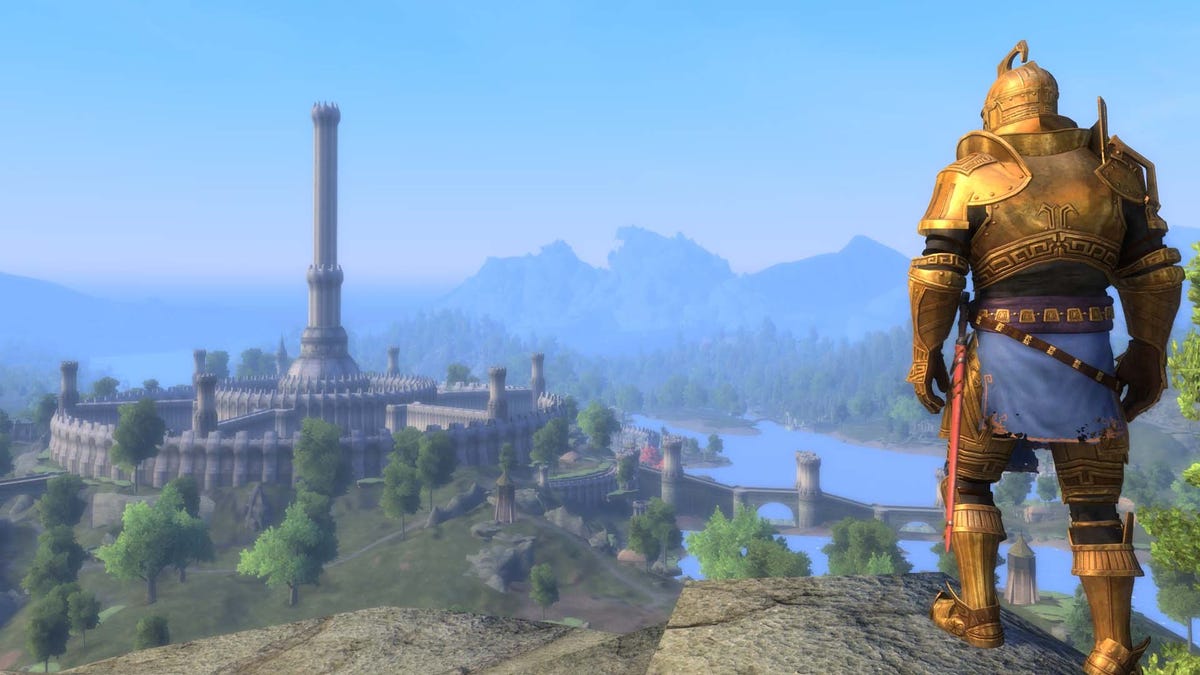

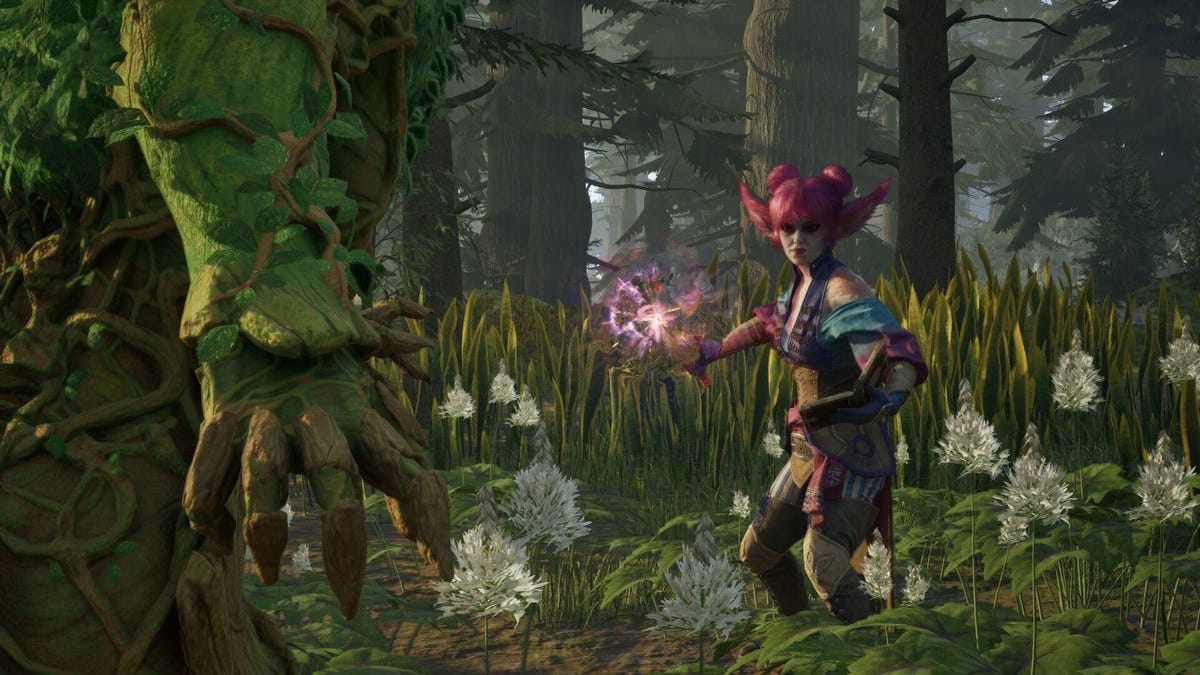

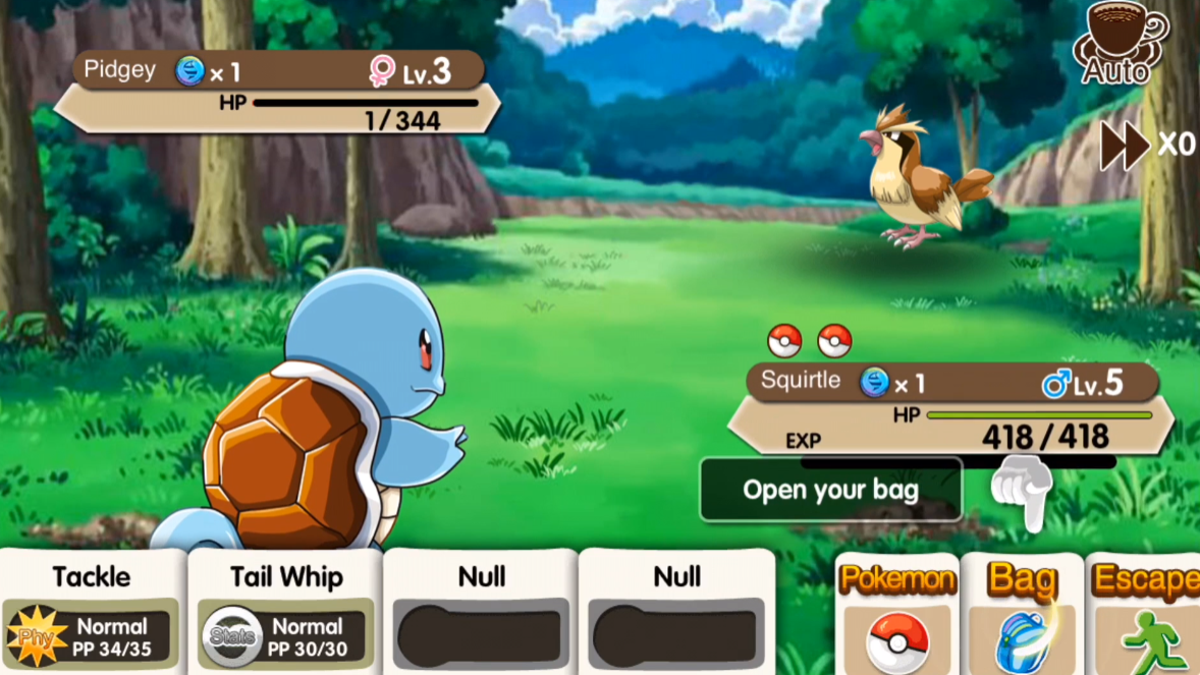
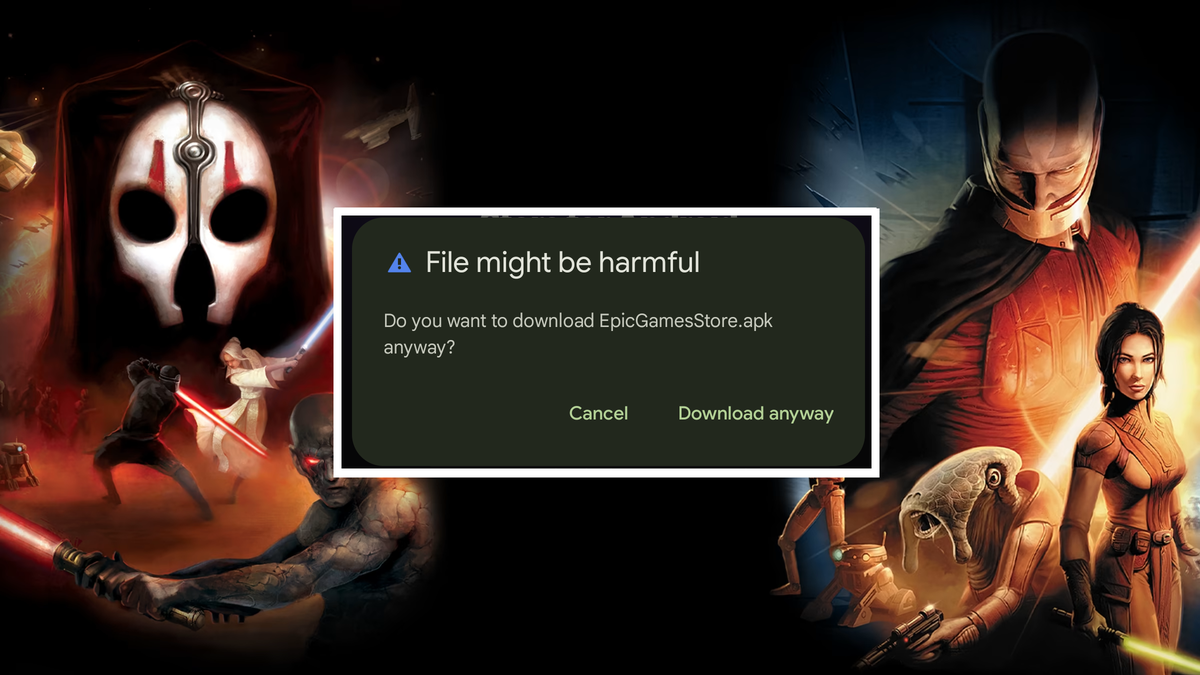
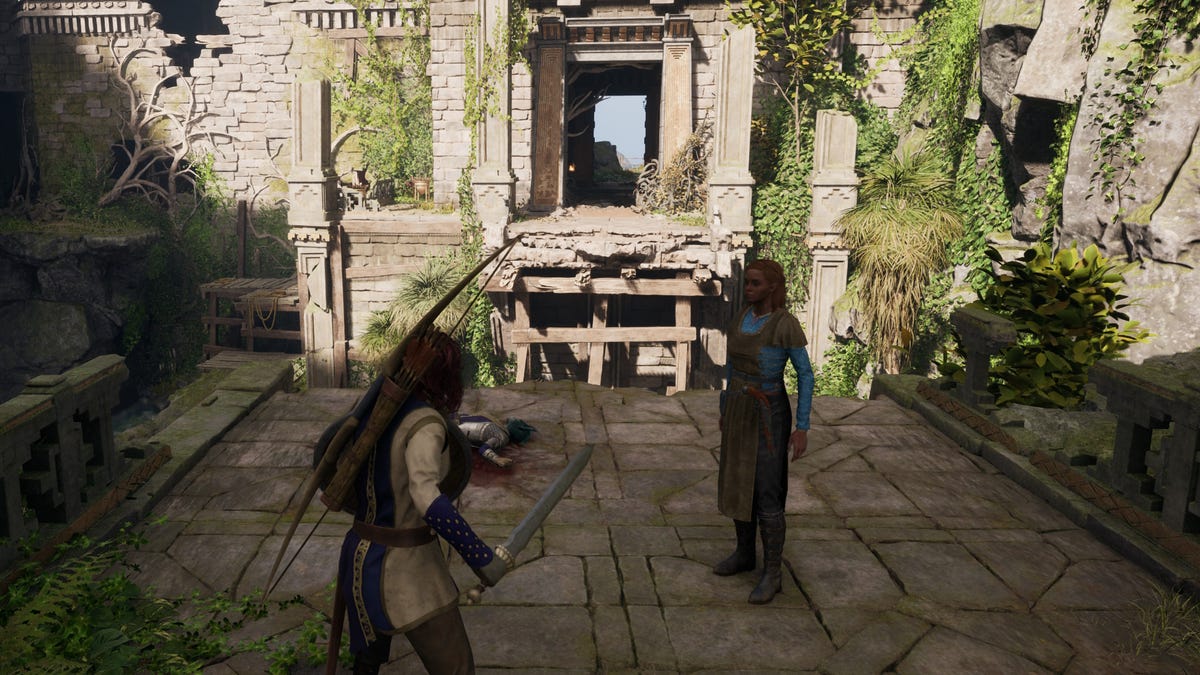
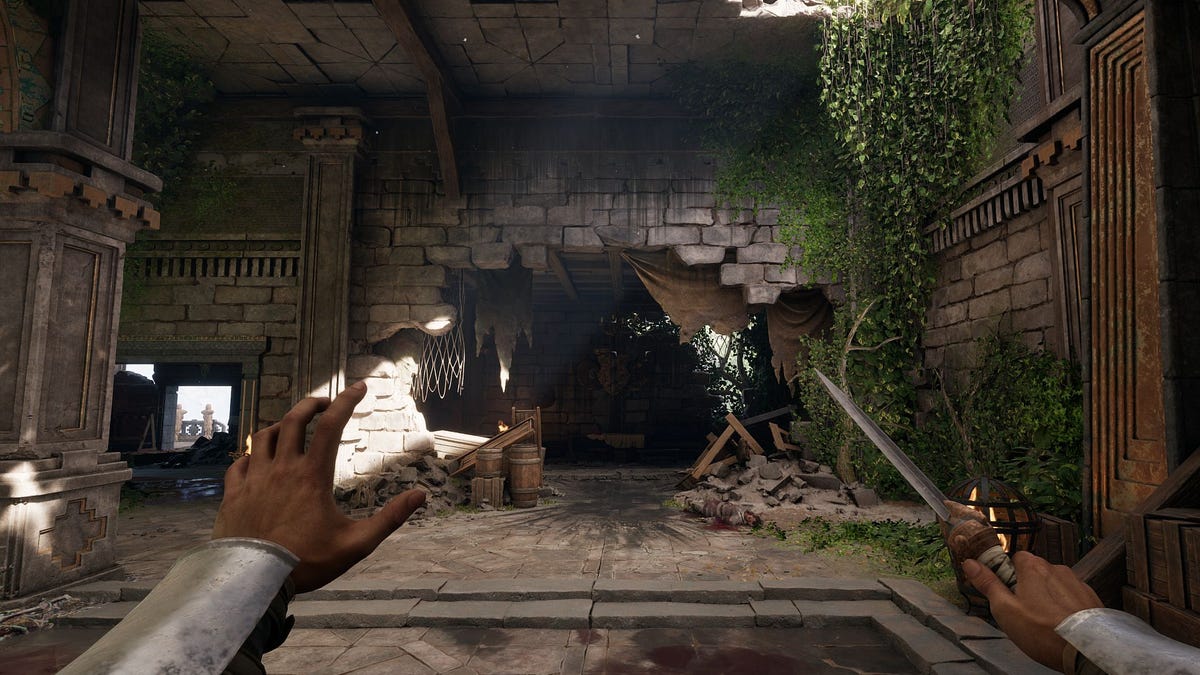

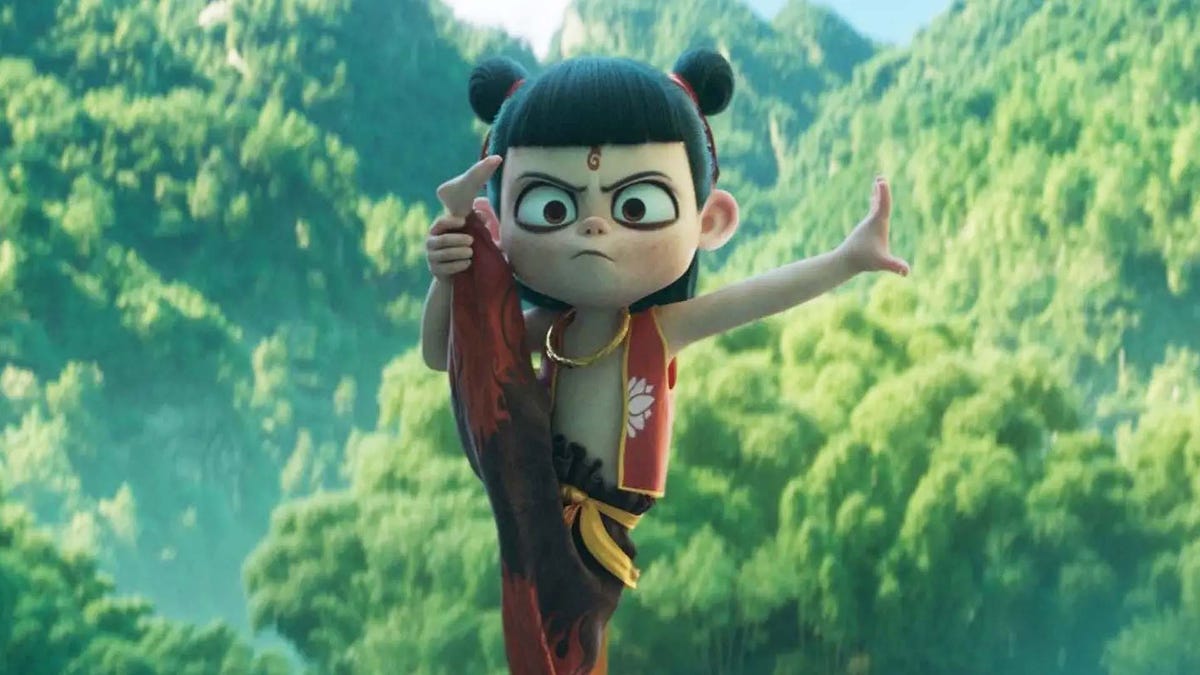









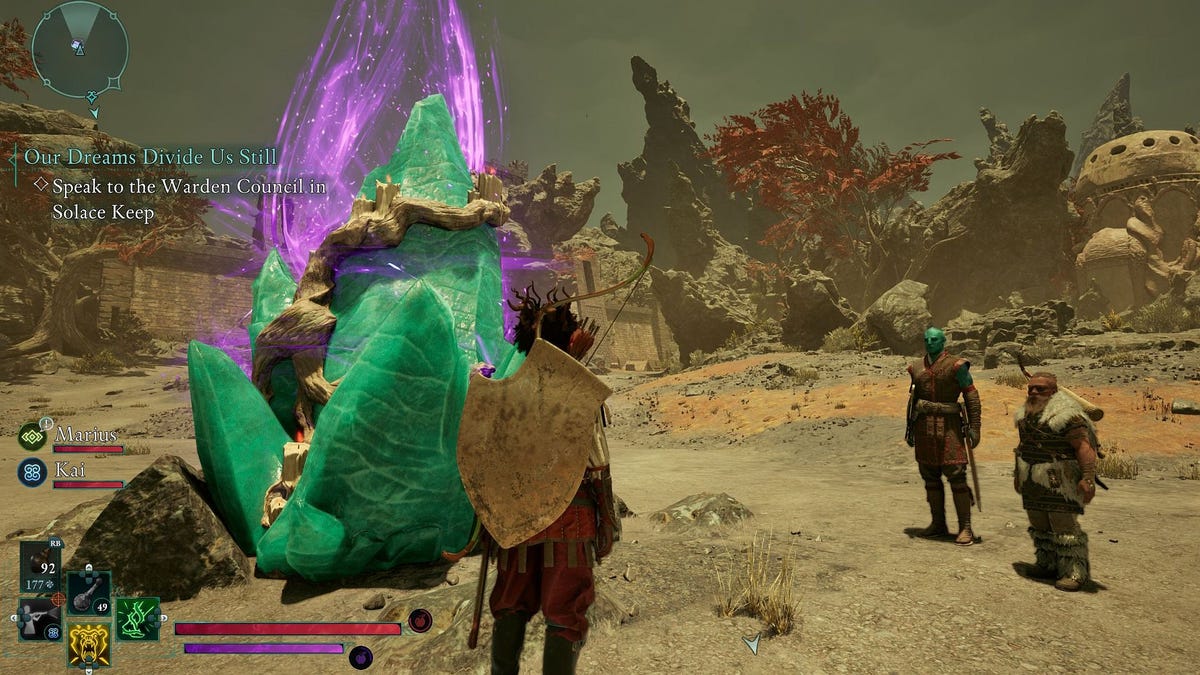






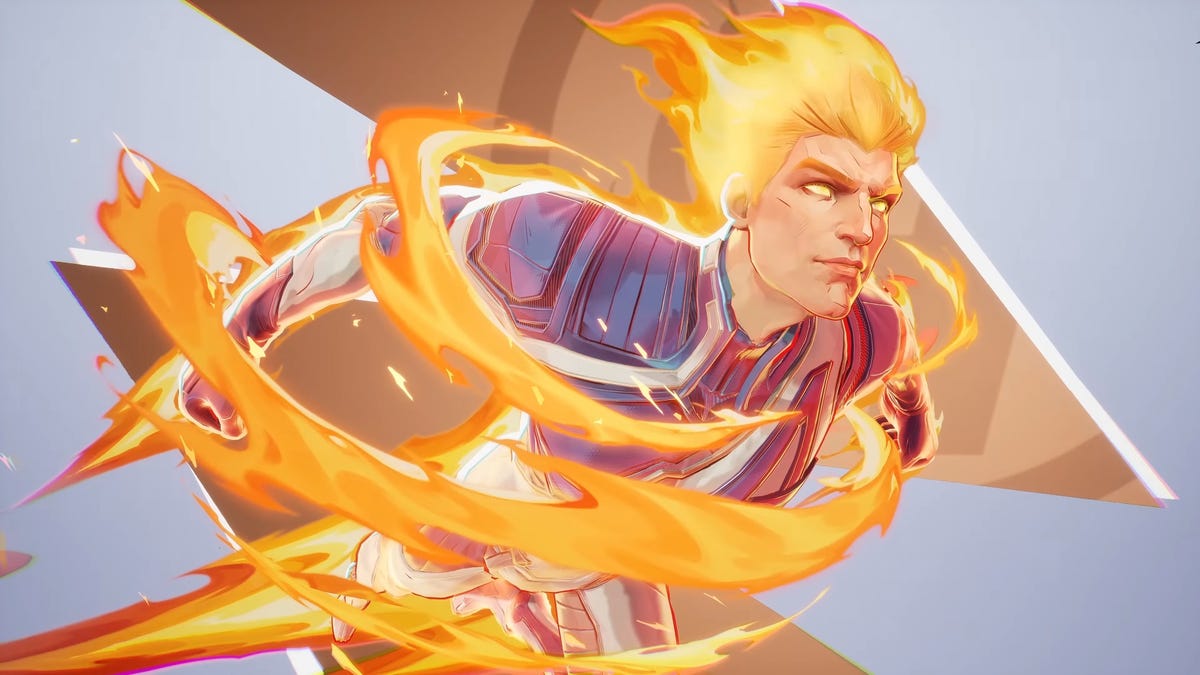
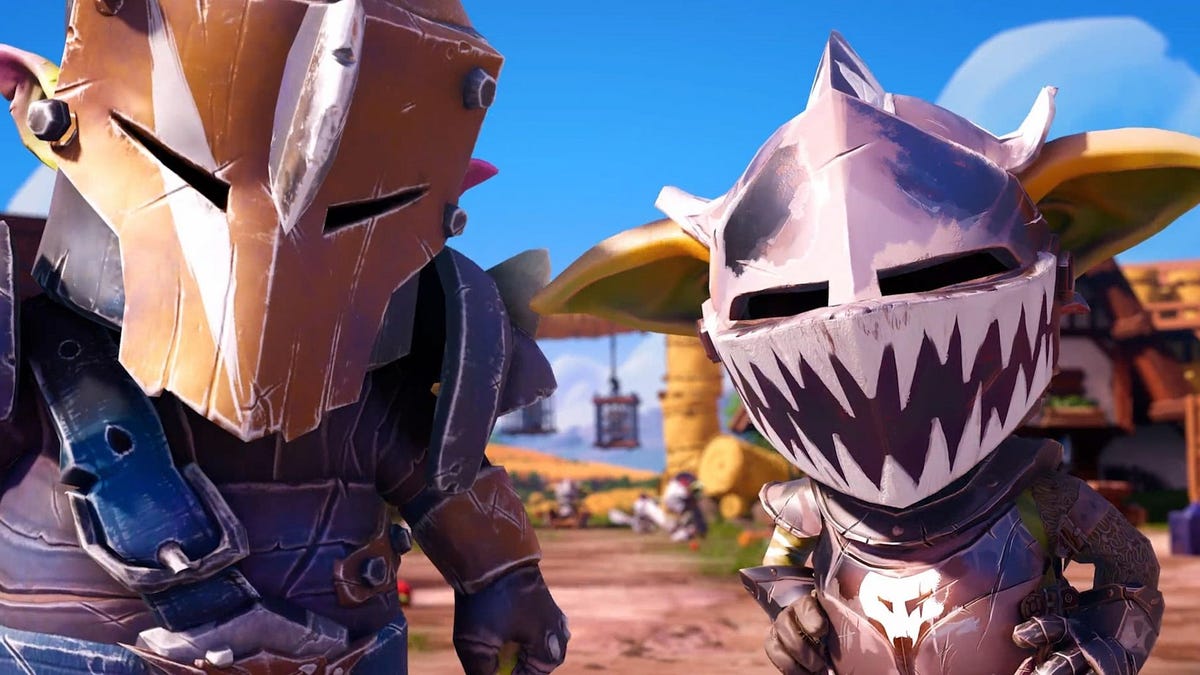





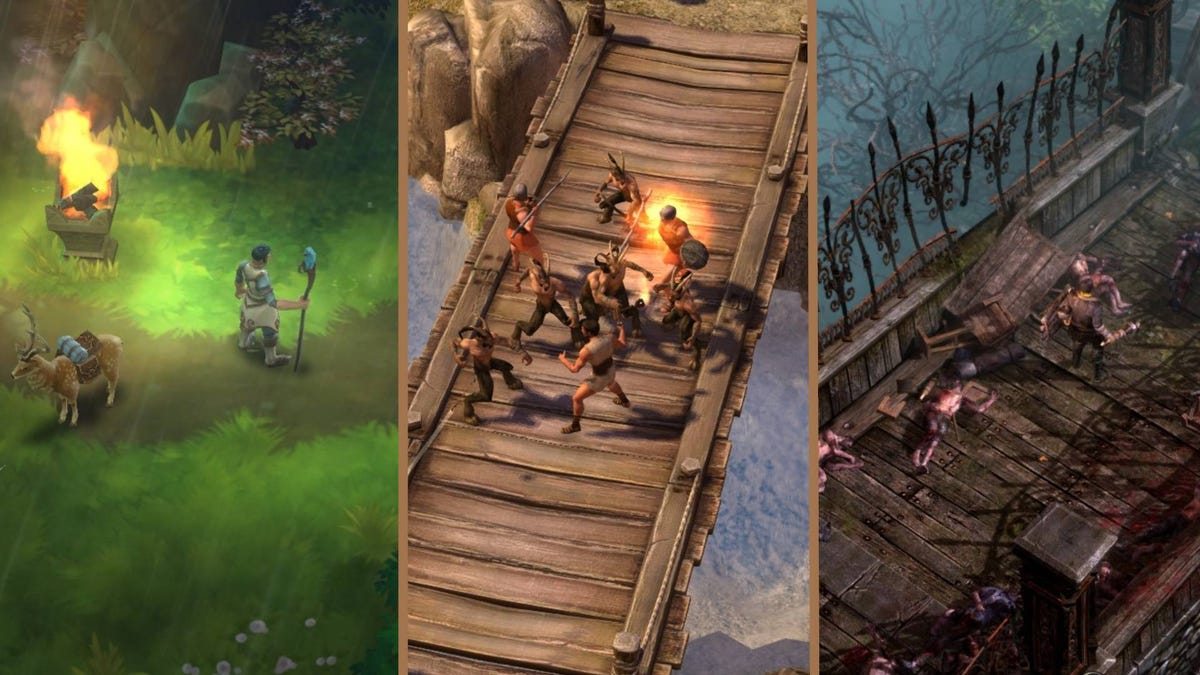

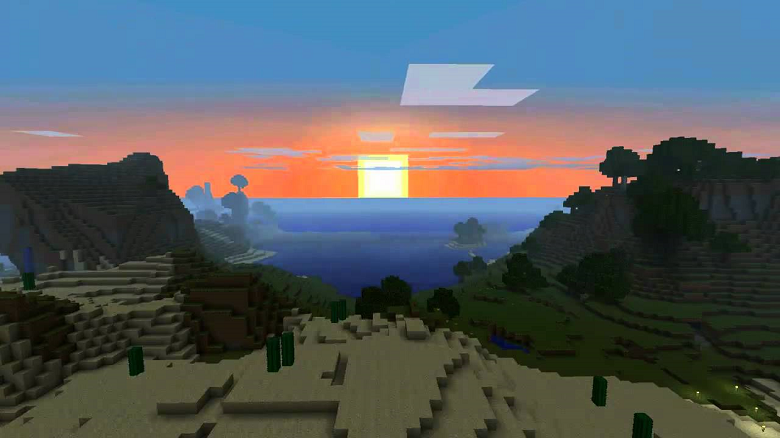

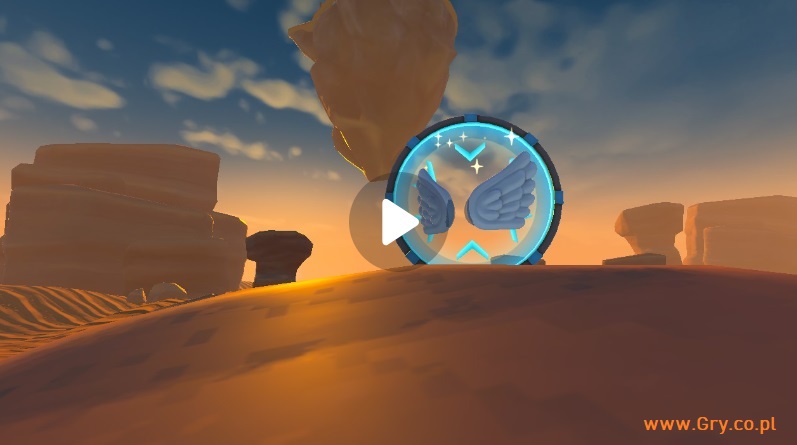


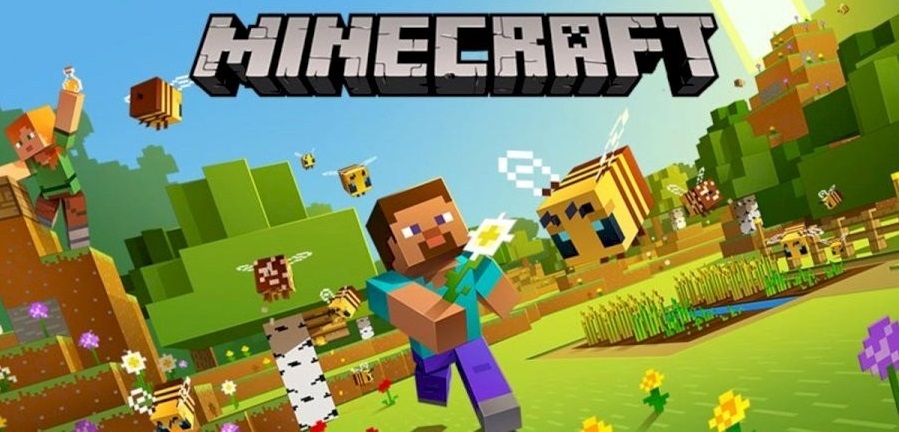

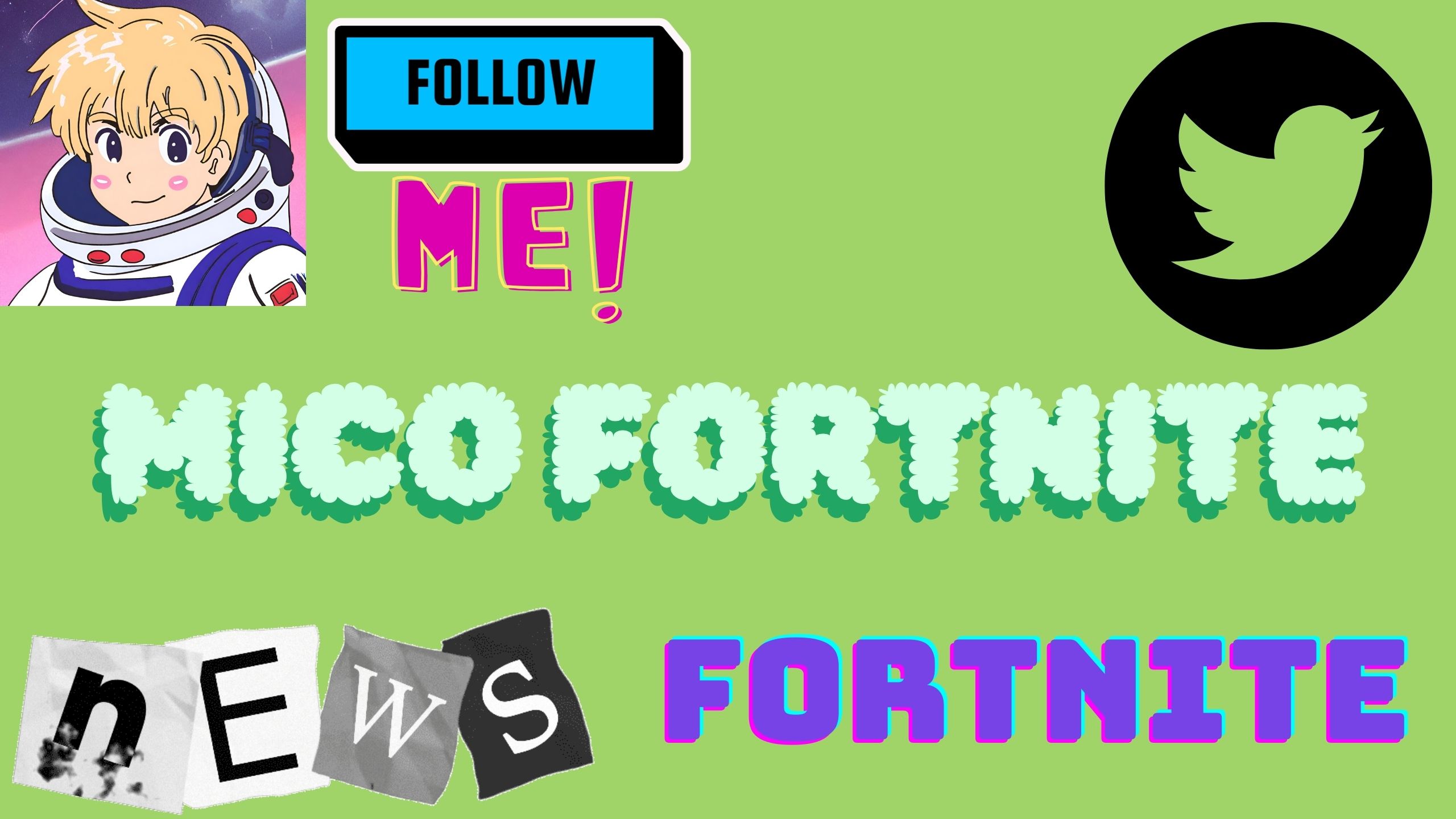

.png)

.png)

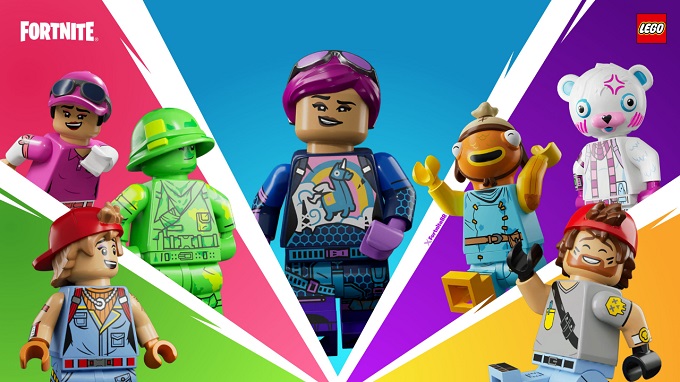
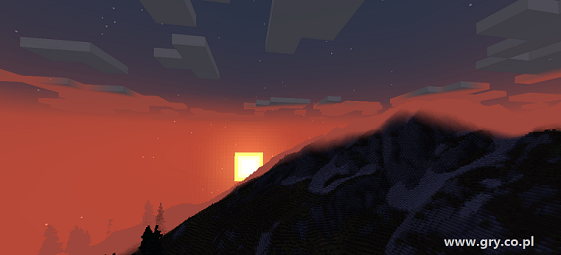






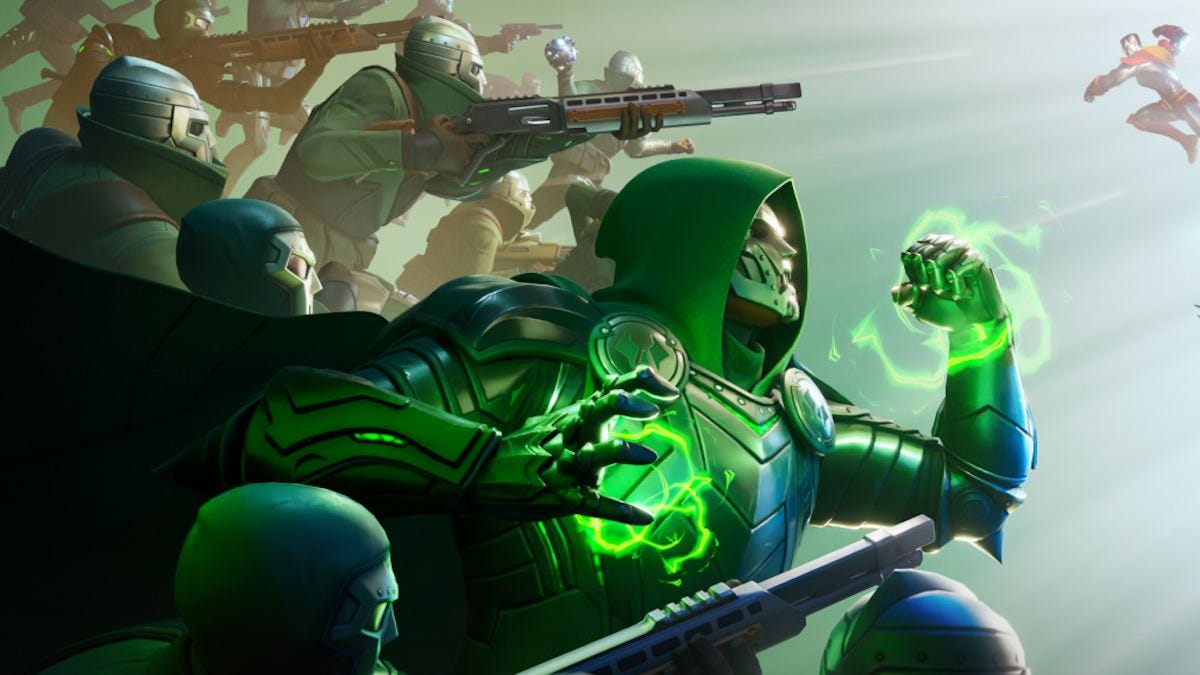

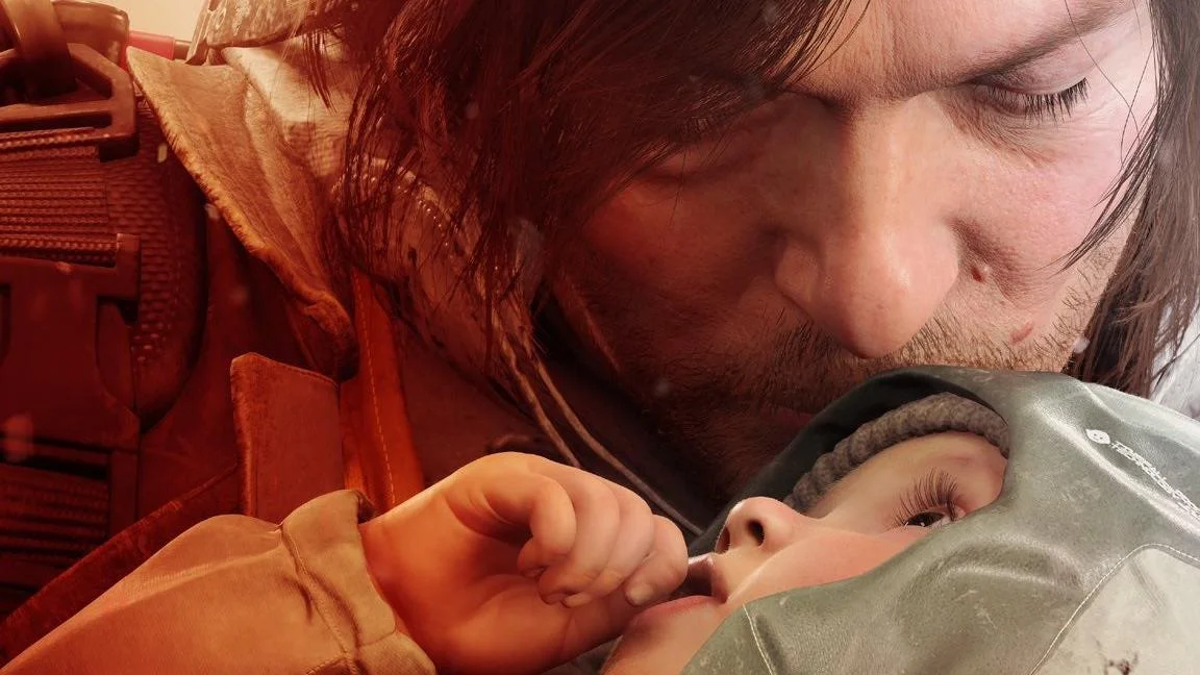




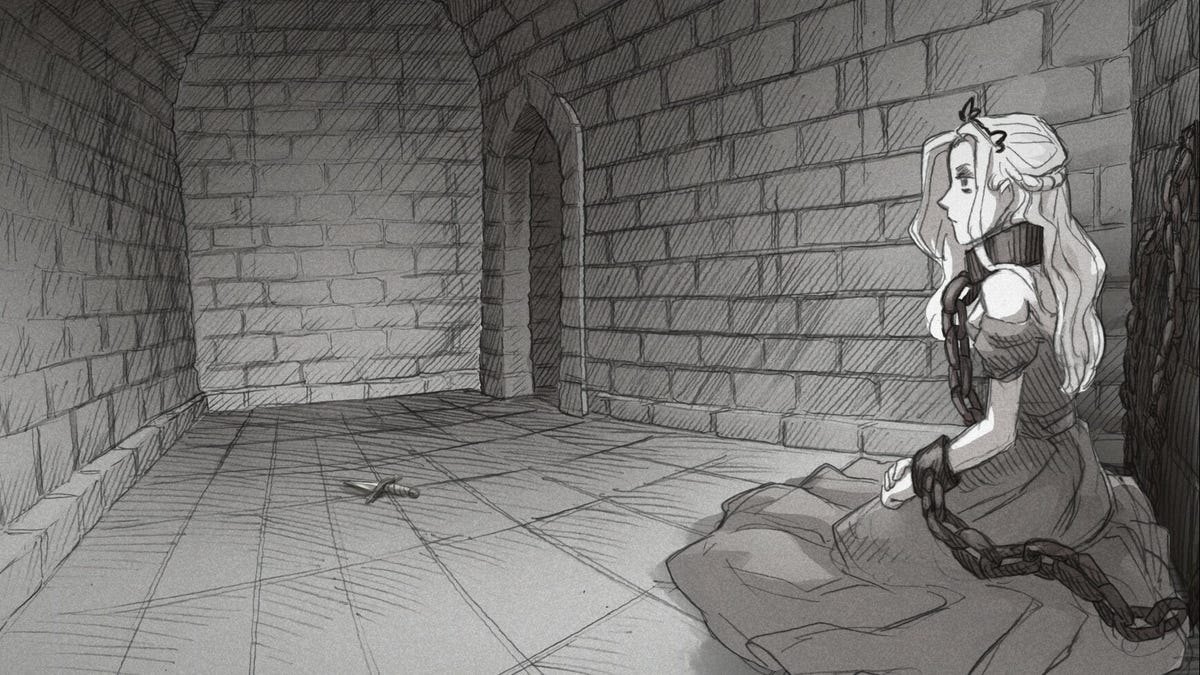



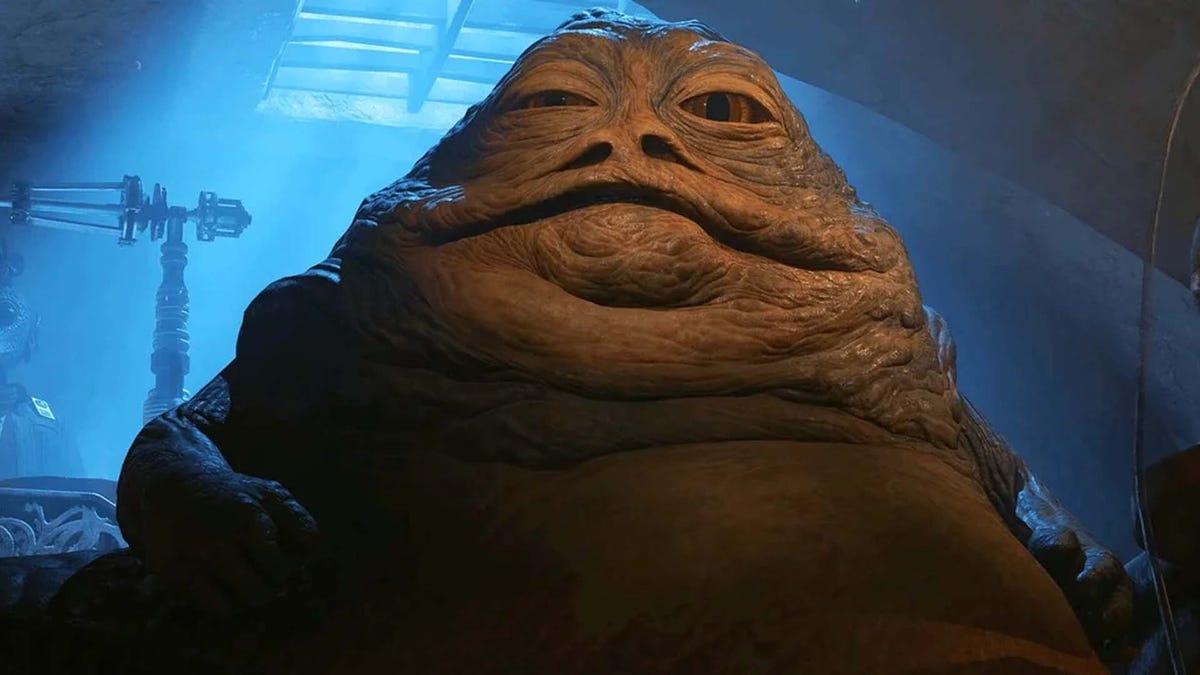

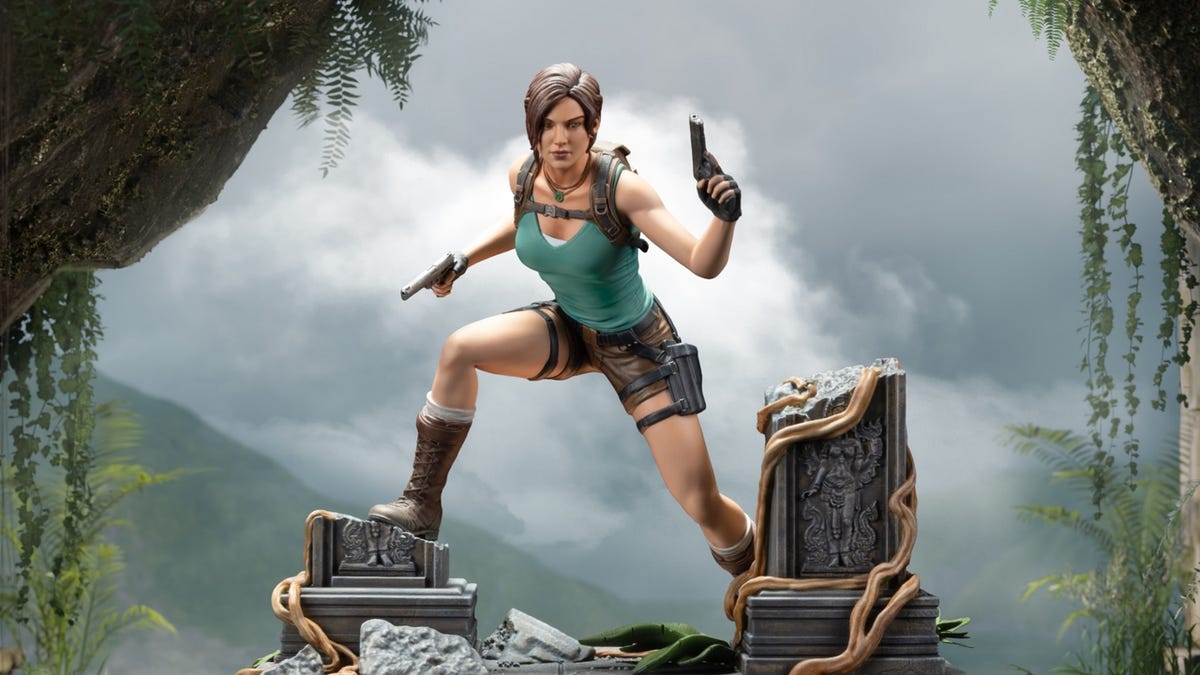


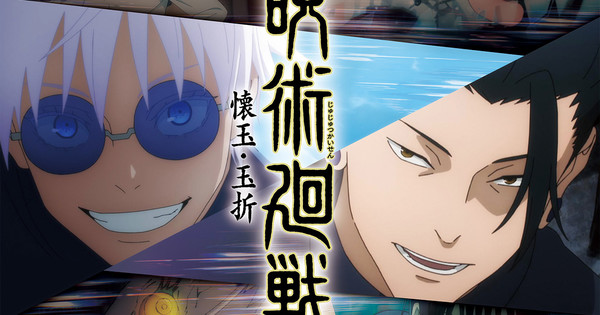


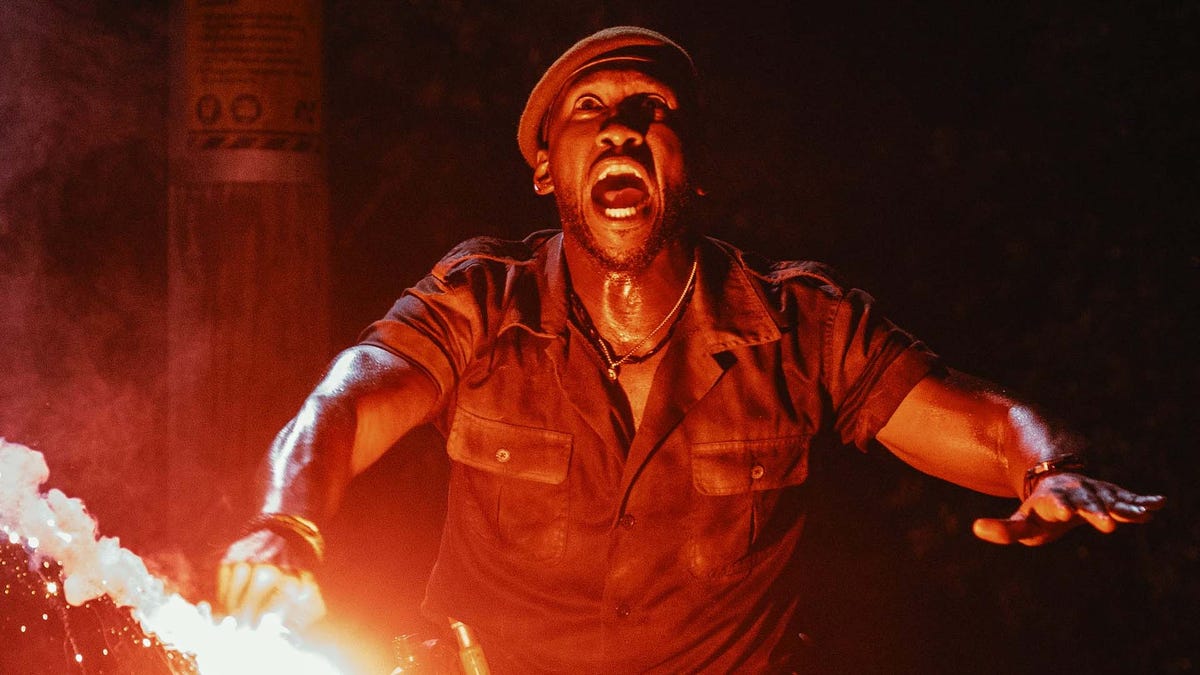
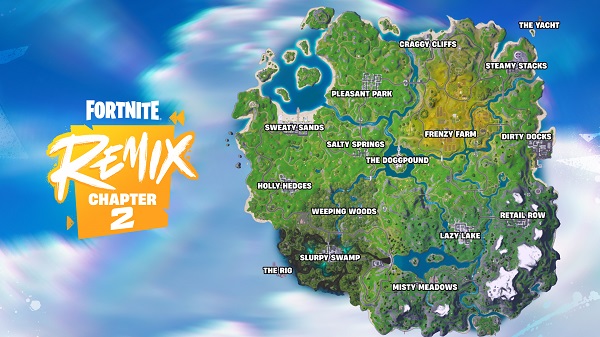
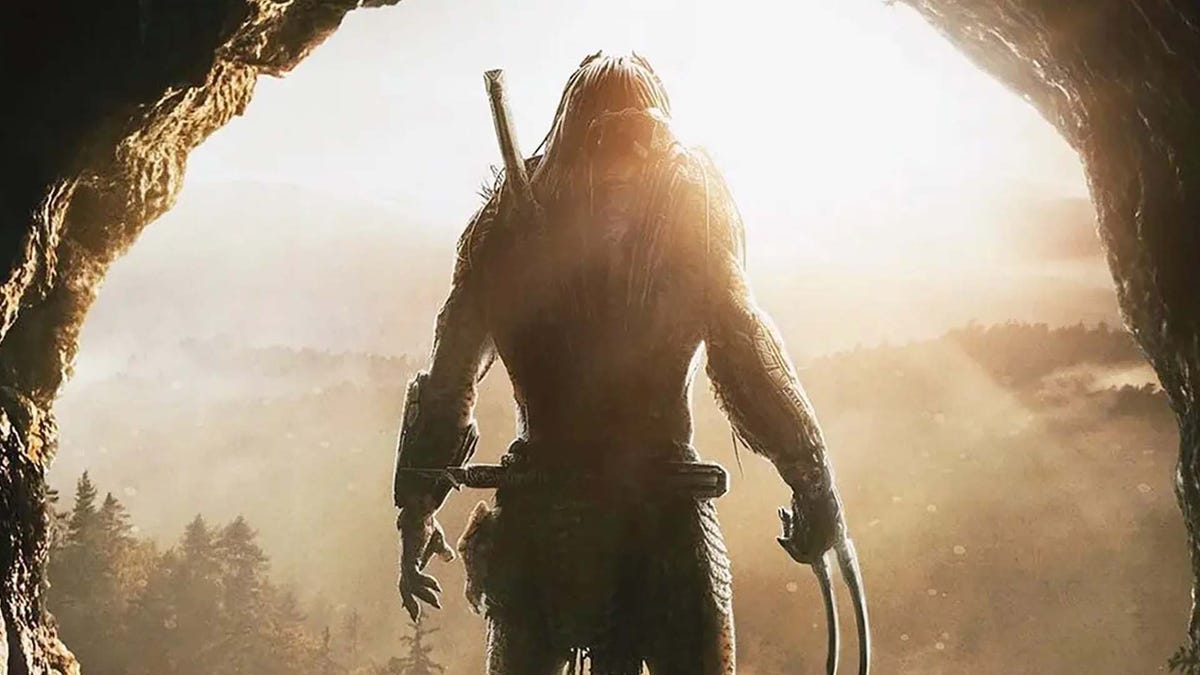


 Bengali (Bangladesh) ·
Bengali (Bangladesh) ·  English (United States) ·
English (United States) ·  Polish (Poland) ·
Polish (Poland) ·